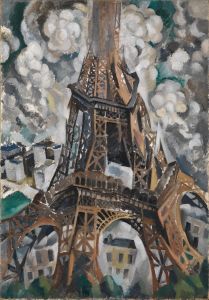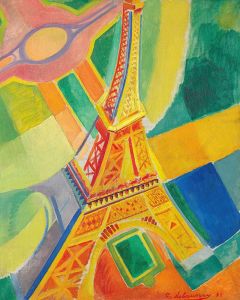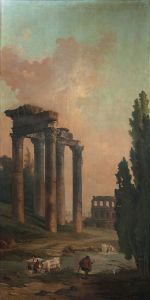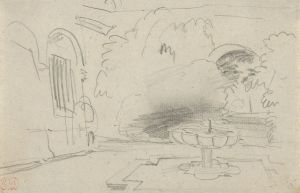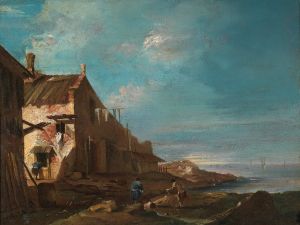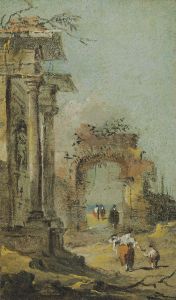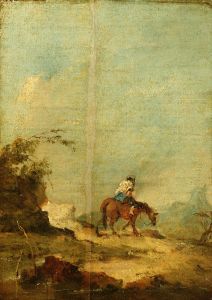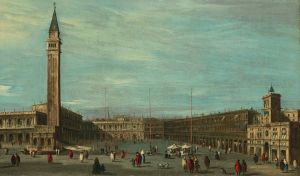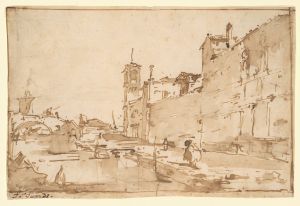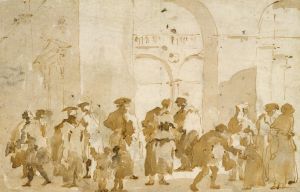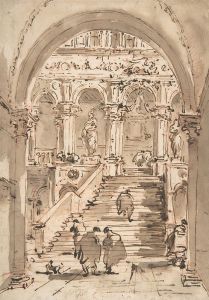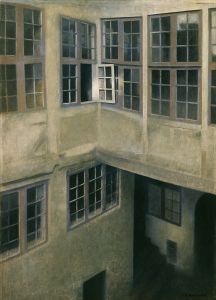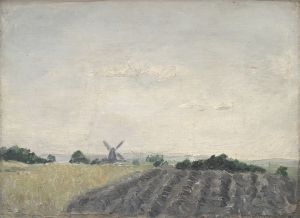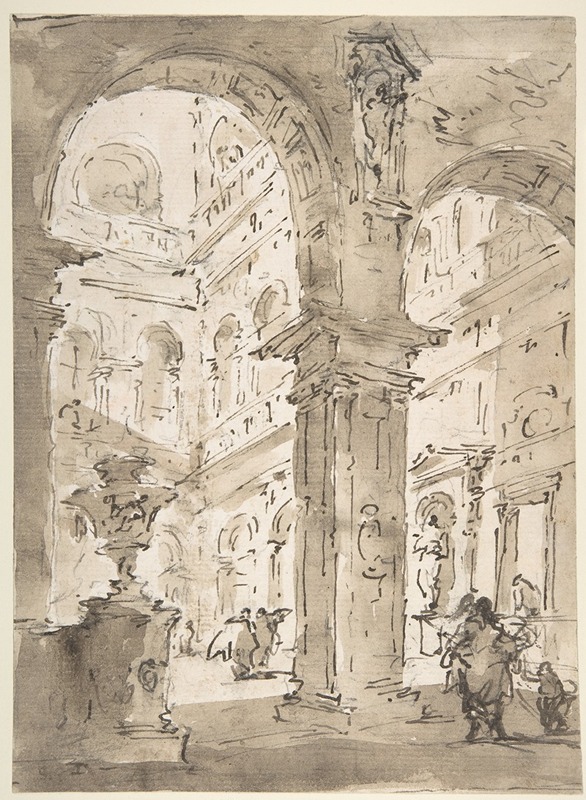
Architectural Capriccio; Courtyard of a Palace
A hand-painted replica of Francesco Guardi’s masterpiece Architectural Capriccio; Courtyard of a Palace, meticulously crafted by professional artists to capture the true essence of the original. Each piece is created with museum-quality canvas and rare mineral pigments, carefully painted by experienced artists with delicate brushstrokes and rich, layered colors to perfectly recreate the texture of the original artwork. Unlike machine-printed reproductions, this hand-painted version brings the painting to life, infused with the artist’s emotions and skill in every stroke. Whether for personal collection or home decoration, it instantly elevates the artistic atmosphere of any space.
Francesco Guardi, an Italian painter of the 18th century, is renowned for his contributions to the Venetian school of painting, particularly in the genre of vedute (view paintings) and capricci (architectural fantasies). One of his notable works, Architectural Capriccio; Courtyard of a Palace, exemplifies his skill in creating imaginative architectural compositions that blend realism with fantasy.
This painting, like many of Guardi's capricci, depicts an imaginary architectural setting rather than a real location. The scene features a grand courtyard surrounded by elaborate palace structures, characterized by classical columns, arches, and decorative details. The architectural elements are rendered with a sense of grandeur and elegance, reflecting Guardi's ability to evoke the splendor of Venetian architecture while allowing his imagination to shape the composition. The painting is populated with small, lively figures, a hallmark of Guardi's work, which add a sense of scale and activity to the otherwise monumental setting.
Guardi's style in this work demonstrates his loose, fluid brushwork and his use of light and shadow to create depth and atmosphere. The interplay of light across the architectural surfaces and the soft, muted color palette contribute to the dreamlike quality of the scene. This approach aligns with the Rococo aesthetic prevalent during Guardi's time, which often emphasized decorative and fantastical elements.
While Guardi is best known for his vedute of Venice, his capricci allowed him greater creative freedom to explore imaginary spaces. These works were highly appreciated by collectors and patrons of the time, who valued their combination of artistic skill and inventive design. Architectural Capriccio; Courtyard of a Palace is a testament to Guardi's ability to merge architectural precision with artistic imagination, creating a work that is both visually captivating and evocative of the grandeur of 18th-century Venetian art.
The exact date of this painting is not definitively known, but it is generally attributed to the latter part of Guardi's career, when he increasingly focused on capricci. Today, the painting is recognized as an important example of Guardi's contribution to the genre and his broader legacy within the Venetian school. Further details about its provenance or current location may vary depending on specific collections or exhibitions.





